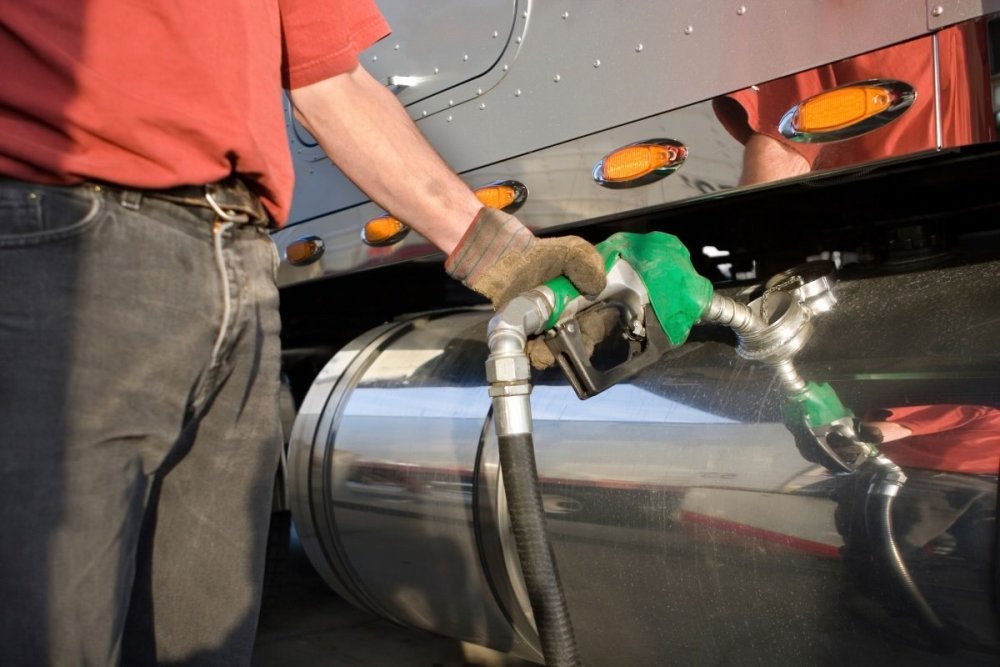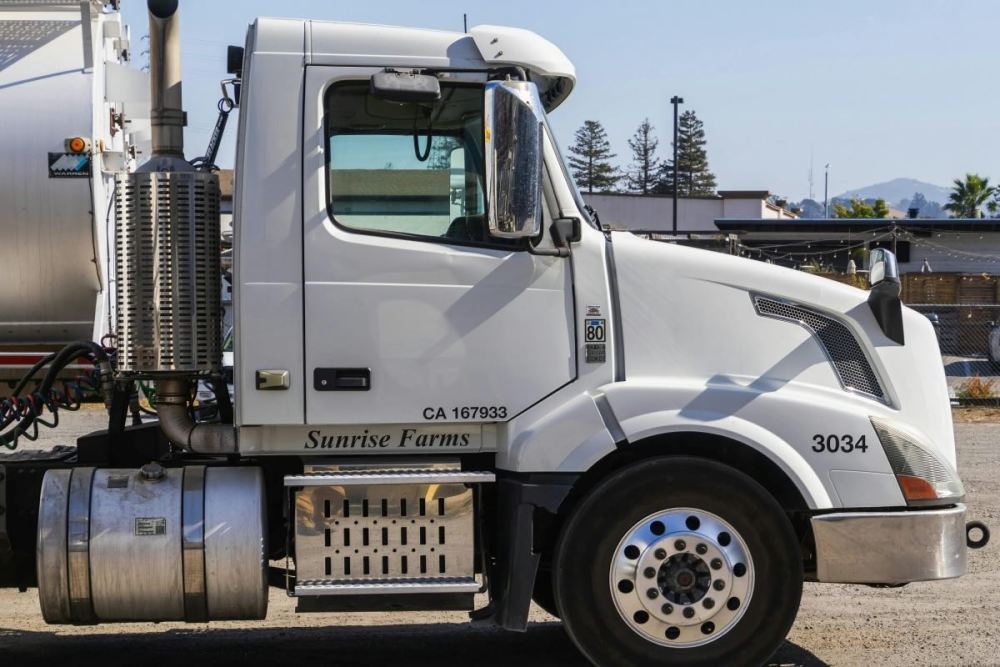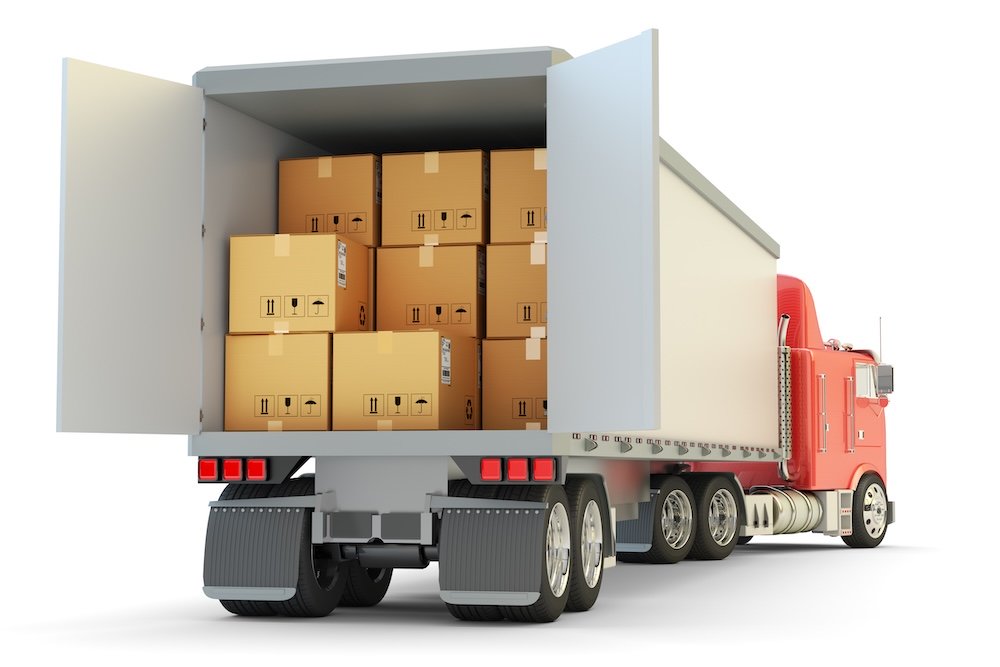The freight market continues to struggle in mid-2025, with June marking the 29th consecutive month of year-over-year freight volume declines. While volumes and truckload linehaul rates held steady compared to May, the ongoing slowdown confirms what many small trucking operators already feel on the ground.
This down-cycle is deeper and longer than usual. For owner-operators and small fleets, this continued decline reflects a freight environment under sustained pressure from weak demand, stubborn inflation, and global trade disruptions.
Here’s what you need to know from the June 2025 CTI update and what it could mean for your business.

Freight Volumes Hold Steady, But Recovery Still Out of Reach
The Cass Freight Shipments Index dipped 0.2% month-over-month in June and was down 2.4% year-over-year, marking the 29th consecutive YoY decline. It’s a signal that freight activity is no longer in free fall, but a true recovery still hasn’t begun.
Truckload linehaul rates rose just 0.4% MoM and 1.9% YoY, reflecting a market that’s holding flat rather than gaining strength. While the worst of the decline may be over, demand remains too soft for any real upward momentum in pricing or volumes.
What’s Driving the Ongoing Downturn?
Several key factors continue to weigh heavily on the transportation sector, and none have easy solutions.
1. Tariffs and Trade Pressures
Cass analysts attribute part of the prolonged freight weakness to ongoing tariff uncertainty and global trade friction. These issues reduce shipping volumes, especially at ports and border crossings.
For small fleets that rely on drayage, intermodal, or import-heavy regional freight, that can mean fewer loads, longer wait times, or more deadhead miles. Until global trade stabilizes, cross-border freight demand may stay unpredictable, and that means thinner margins for operators in those lanes.
2. Inflation’s Slow Burn
While general inflation and diesel prices have eased slightly, trucking costs hit record highs. Non-fuel expenses like insurance, truck payments, and driver benefits surged, pushing margins below 2% for most fleets, and into the red (-2.3%) for truckload carriers.
With consumers cutting back, many shippers are moving fewer goods, especially retail and discretionary products. For small carriers, that often means less contract freight, more spot market runs, and lower rates. Planning for longer payment cycles and keeping fixed costs low is critical right now.

3. An Uncertain Economic Outlook
The economy continues to flash mixed signals. Interest rates are still elevated, credit remains tight, and many large shippers are playing defense, minimizing inventory and limiting freight spend. This affects over-the-road carriers, especially those hauling consumer goods, building materials, and electronics.
For small fleets, it’s a sign to be cautious with expansion plans and focus on building cash reserves. It also highlights the value of working with flexible lenders who understand the current climate.
What This Means for Owner-Operators and Small Fleets
For small trucking businesses, the June data reinforces the need for careful planning and smart cash flow management. Here are three takeaways to consider:
- Rates aren’t improving (yet): The flat performance in linehaul rates reflects an oversupplied market. With demand soft, many carriers are still competing on price.
- Operating margins stay tight: Expenditures rose 2.6% YoY in June, the third straight annual increase, even though shipment volumes declined. This indicates rising per-shipment costs, likely due to inflation and reduced economies of scale. (Cass data suggests an implied 5.2% YoY increase in rates per shipment.)
- Access to financing is more important than ever: With higher expenses and sluggish rates, small fleets need fast, flexible access to capital. Traditional lenders are tightening credit, but independent lenders like Mission Financial Services remain committed to helping drivers bridge gaps and stay operational.

How Small Trucking Companies Can Adapt
In a slow freight market, small fleets need to make smart, defensive moves. Here’s how small trucking businesses can respond effectively.
Stay Lean and Cost-Conscious
Now’s the time to audit your expenses line by line. Cut what you don’t need, and double down on operational efficiency. If you have idle trucks, consider pausing commercial trucking insurance or registration on those units.
Shop around for lower-cost fuel cards or service providers. Keep an eye on subscription-based tools or services you may no longer use – every recurring charge matters when revenue dips. A leaner operation gives you more room to ride out volatility.
Protect Your Equipment with Preventive Maintenance
Deferred maintenance might save cash today, but it can cost thousands if a breakdown happens on the road. Prioritize oil changes, tire rotation, brake inspections, and diagnostic checks.
Use telematics or mileage logs to schedule service before issues become expensive. If you’re short on funds, consider a repair loan or trucking financing from a lender that understands the urgency of uptime.
Explore Alternative Financing Options
Traditional banks may be pulling back from small-ticket trucking loans, especially for first-time buyers or operators with credit challenges.
That’s where independent lenders like Mission Financial Services step in. Whether you need help covering repairs, securing a title loan, or freeing up cash for fuel and insurance, our team offers fast approvals and flexible terms tailored to your business.

Stay Informed and Plan Around Market Trends
Use monthly updates like the Cass Transportation Index and Mission Financial Services, In The News, as a tool to guide your decisions. When volumes drop and rates stay flat, it may not be the time to expand.
Instead, focus on protecting cash flow and preserving equipment. When you see positive signals, like sustained volume increases or stronger spot market pricing, you’ll be ready to act.
Conclusion
The June 2025 Cass Index shows a freight market that’s stabilizing at the bottom. With 29 consecutive months of YoY volume declines, recovery remains elusive. Small fleets must stay agile and financially prepared for what could be a slow climb back to stronger volumes.
At Mission Financial Services, we understand what small trucking businesses are up against.
If you need a reliable lending partner to help navigate uncertainty (with fast decisions and industry expertise), we’re here to support you every mile of the way. Get in touch today!



























